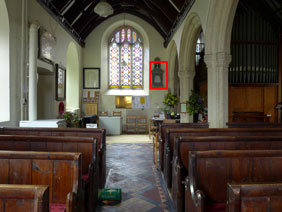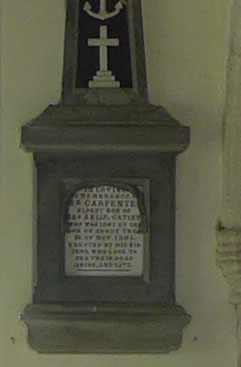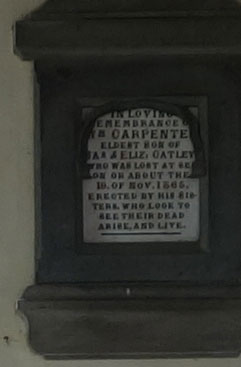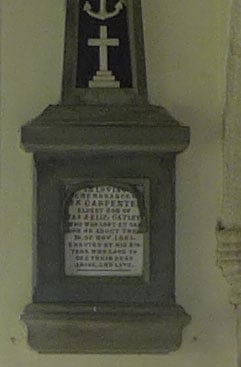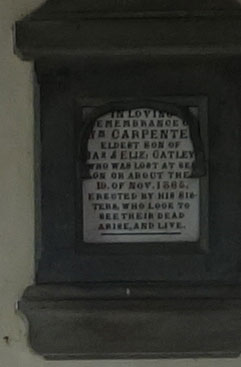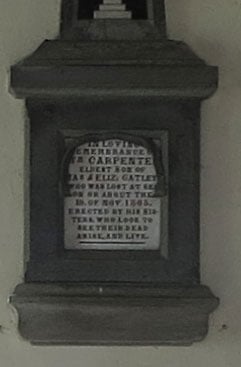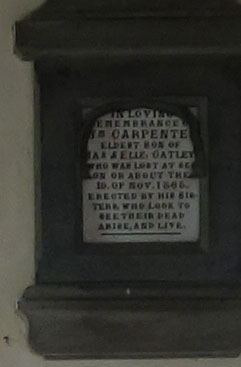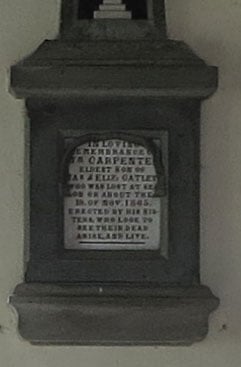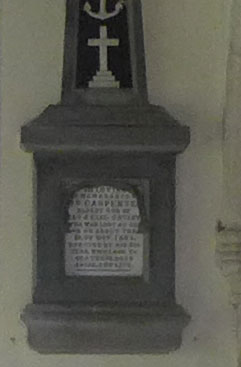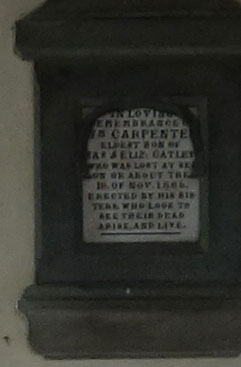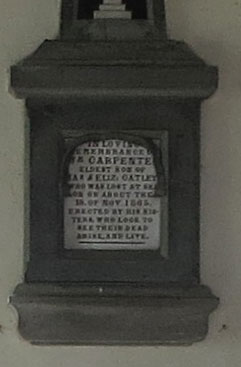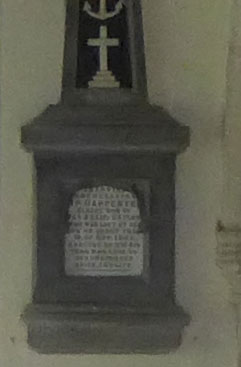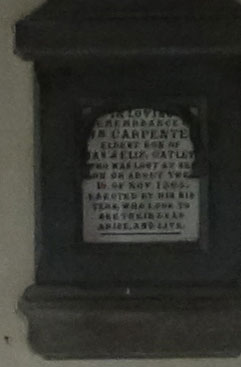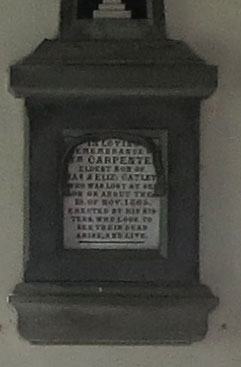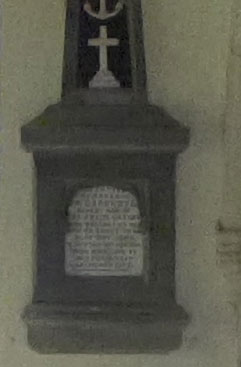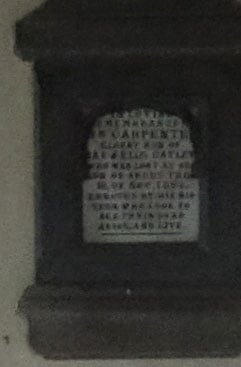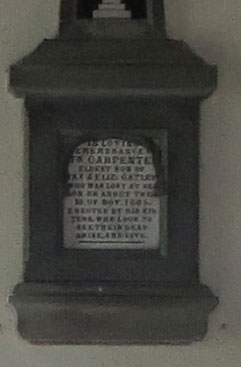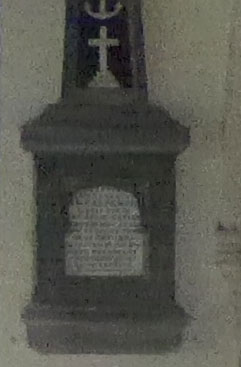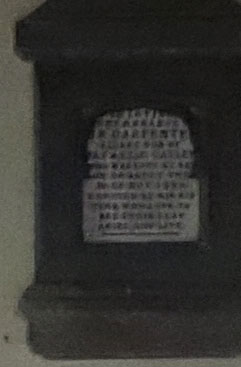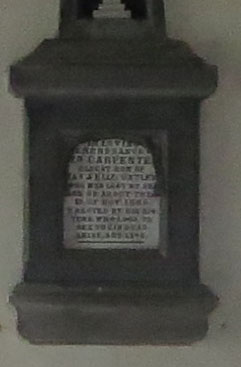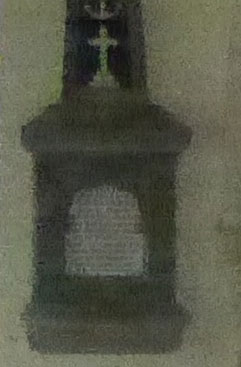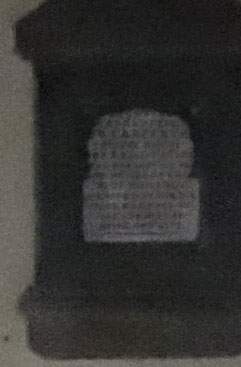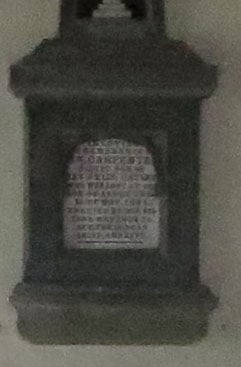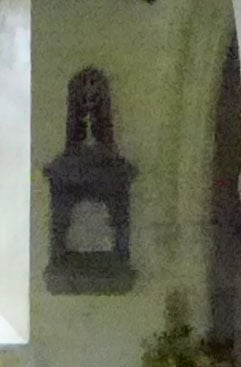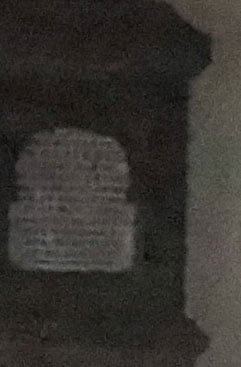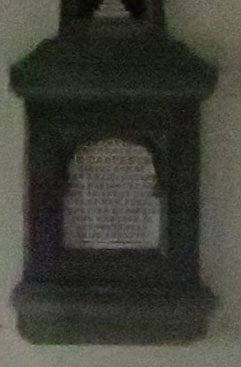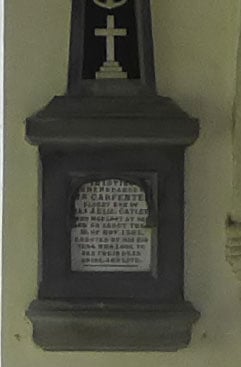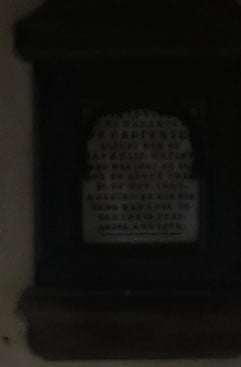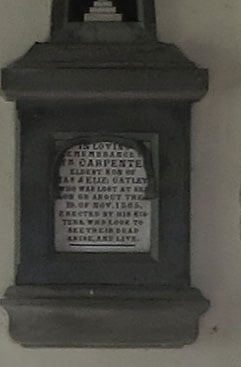Panasonic Lumix LX7 review
-
-
Written by Ken McMahon
Quality
Panasonic LX7 vs Sony RX100 vs Canon G1 X
|
Panasonic Lumix LX7 |
Sony Cyber-shot RX100 |
Canon PowerShot G1 X | ||
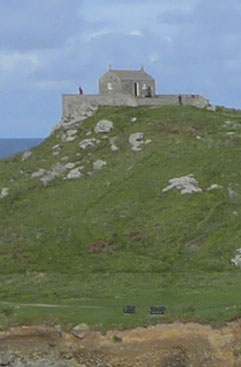 | 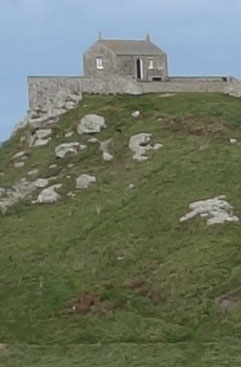 | 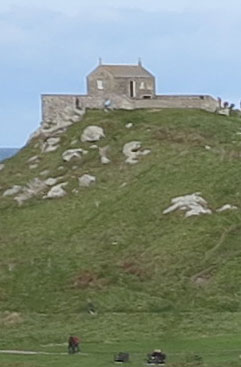 | ||
f4, 80 ISO |
f5.6, 80 ISO |
f5.6, 100 ISO | ||
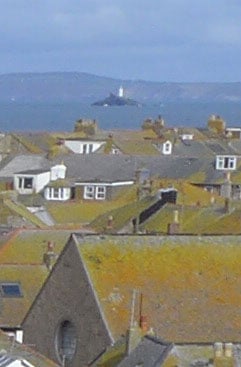 | 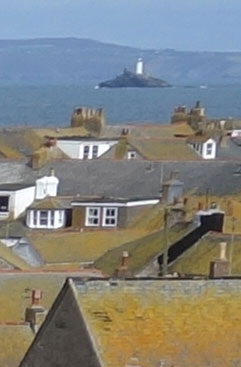 | 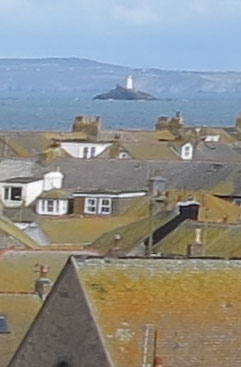 | ||
f4, 80 ISO |
f5.6, 80 ISO |
f5.6, 100 ISO | ||
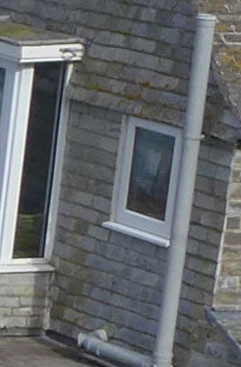 | 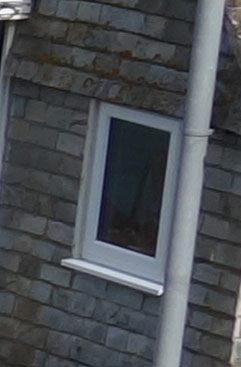 | 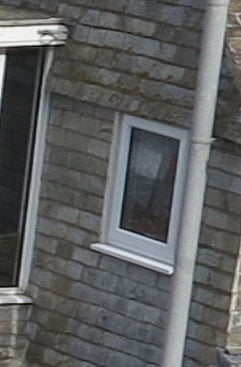 | ||
f4, 80 ISO |
f5.6, 80 ISO |
f5.6, 100 ISO | ||
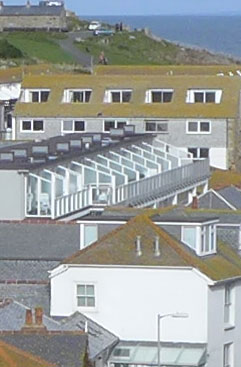 | 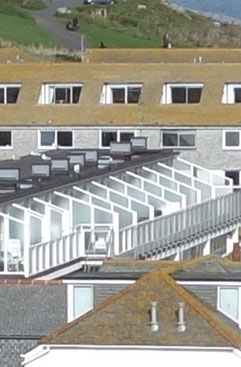 | 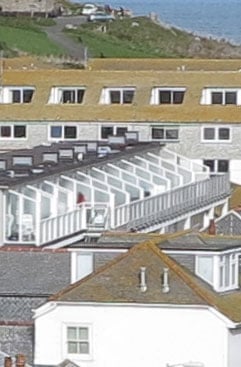 | ||
f4, 80 ISO |
f5.6, 80 ISO |
f5.6, 100 ISO |
Panasonic Lumix LX7 results : Quality / RAW vs JPEG / Noise
Panasonic Lumix LX7 JPEG vs RAW
|
Panasonic Lumix LX7 (JPEG using in-camera defaults) |
Panasonic Lumix LX7 (RAW using Silkypix defaults) |
Panasonic Lumix LX7 (RAW using Silkypix tweaked) | ||
 | 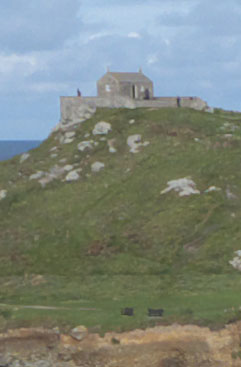 | 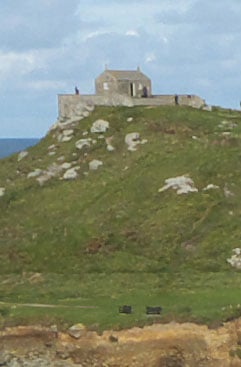 | ||
f4, 80 ISO |
f4, 80 ISO |
f4, 80 ISO | ||
 | 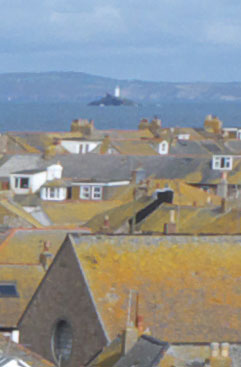 | 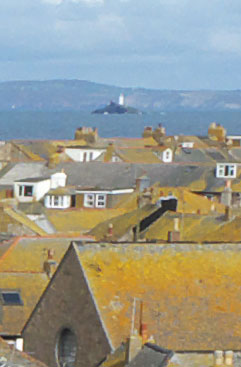 | ||
f4, 80 ISO |
f4, 80 ISO |
f4, 80 ISO | ||
 | 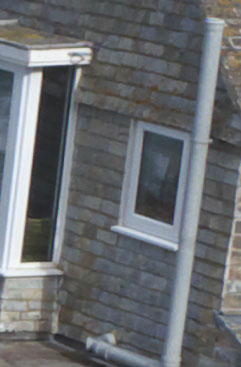 | 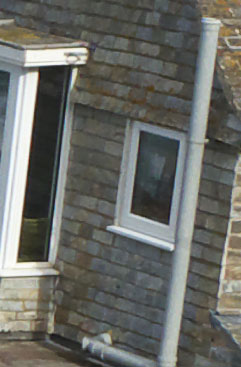 | ||
f4, 80 ISO |
f4, 80 ISO |
f4, 80 ISO | ||
 | 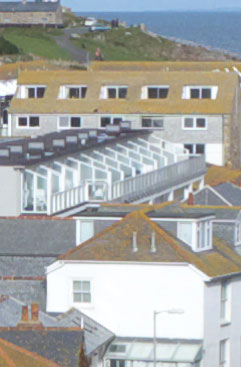 | 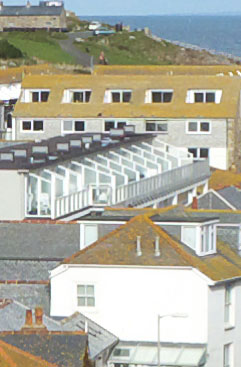 | ||
f4, 80 ISO |
f4, 80 ISO |
f4, 80 ISO |
Panasonic LX7 vs Sony RX100 vs Canon G1 X noise
The above shot was taken with the Panasonic Lumix LX7 in Aperture priority mode with the lens zoomed in slightly to 28mm equivalent. 80 ISO was selected and at f4 the camera metered an exposure of 0.4s. The original file measured 3.92Mb and the crops are taken from the area marked by the red rectangle. The Panasonic Lumix LX7 gets off to a good start at the base 80 ISO sensitivity setting with a very clean crop that shows a high level of detail and no discernible noise. And if the 100 ISO crop is any noisier than the 80 ISO one, you’d have to look long and hard to notice it. There is a difference at 200 ISO though, with a very fine granular texture now visible – it’s most noticeable on the text of the memorial panel and on the wall. At 400 ISO the graininess is becoming larger and more intrusive and some of the edge detail is starting to look a little wobbly; there’s also some colour noise evident in the light shadow on the wall to the right of the memorial. At 800 ISO there’s another marginal hike in the noise and a corresponding drop in the level of detail, but overall image quality is still very good and I’d include 800 ISO in my ‘everyday use’ ISO range for the Lumix LX7. The noise is unform and fine grained so it’s not interfering too much with image detail. 1600 ISO is a bit of a watershed, with the noise now looking a bit clumpy. White balance is still on target though and the saturation is holding up well to produce a perfectly good result for all but large size display. At 3200 ISO the game’s up though, and the noise really has the upper hand now. This and the 6400 ISO setting are really ’emergency use only’ settings. The good news is that 6400 ISO is now available at full resoution and it’s not until you reach 12800 that the resolution drops to 3 Megapixels Compared with the Sony Cyber-shot RX100 and Canon PowerShot G1 X, both of which have larger sensors, the Lumix LX7 gets of to a good start with comparable crops. As well as larger sensors both the RX100 and G1 X have higher resolutions and therefore show a smaller crop area with larger detail. The LX7 holds its own up to around 400 ISO but beyond that quickly falls behind the 14.3 Megapixel G1 X and 20.2 Megapixel RX100. Looking at the 800 and 1600 ISO crops the LX7 displays a higher level of noise and less image detail. But it’s the PowerShot G1X with the largest sensor area and lowest photosite density of the three that, perhaps unsurprisingly, is a clear winner in terms of high ISO noise performance. It is however important to note we’re comparing identical ISO values in the crops below, and this may not be reflective of how the cameras would compare under real life conditions. When all three cameras are zoomed out, they have maximum apertures of f1.4 for the LX7, f1.8 for the RX100 and f2.8 for the G1 X. If all three were taking the same photo under the same lighting conditions with the same shutter speed, then the LX7 could employ a lower ISO thanks to its brighter aperture. For example, when the LX7 is shooting at 100 ISO, the RX100 would need to use 160 ISO and the G1 X 400 ISO, again under the same conditions and shutter speed. Zoom all three to their maximum focal lengths and when the LX7 is shooting at 100 ISO, the RX100 is shooting at around 400 ISO and the G1 X at over 500 ISO, again under the same conditions and shutter speed. This two stop advantage over the G1 X pretty much throughout the focal range and over the RX100 when zoomed-in allows the LX7 to shoot with lower ISOs under the same conditions, so always take this into account when comparing their noise results. To be fair the Canon and Sony are capturing higher resolution images, which could always be downsampled to the LX7’s 10 Megapixels to reduce the size of their noise artefacts, but the important thing to remember is the noise advantage of a large sensor can be diminished by a slow lens. Returning to the results here, the Lumix LX7 has a handheld Night Shot mode that takes a fast burst of images and combines them to produce a low noise result. Like Hand-held Twilight mode on the Cyber-shot RX100 and Handheld NightScene on the PowerShot G1 X, the exposure and ISO sensitivity are set automatically, so it’s difficult to make comparisons other that to see what you’d get using this mode as opposed to one of the single shot high ISO options and to see how each camera deals with the same lighting conditions. I should also point out that the Cyber-shot RX100 also has Multi-Frame noise reduction that does allow manual setting of the ISO sensitivity. See my upcoming RX100 review for those results. Now head over to my Panasonic LX7 sample images to see some more real-life shots in a variety of conditions.
|
